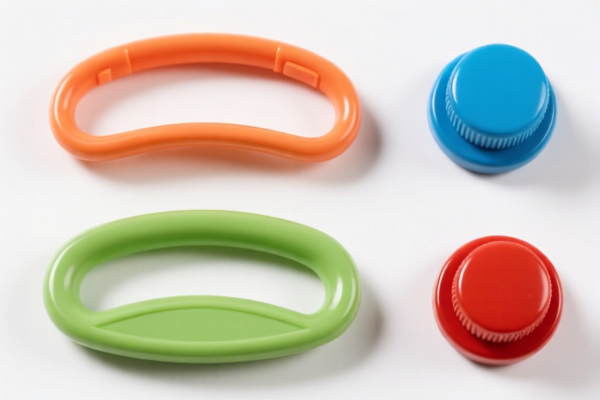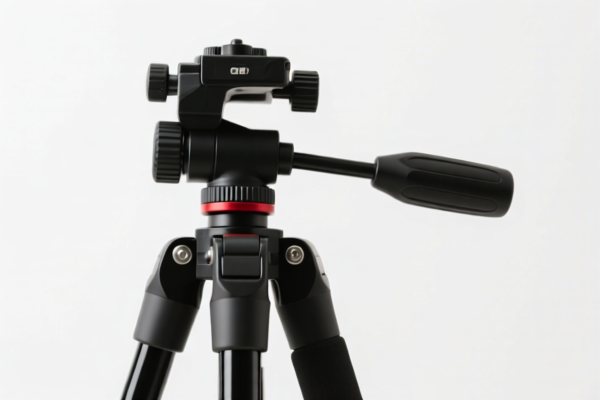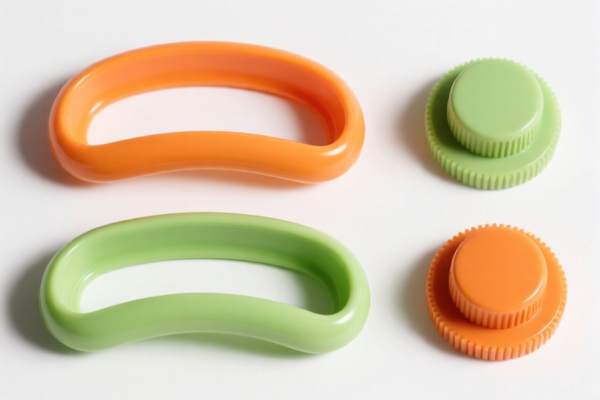| HS Code | Official Doc | Tariff Rate | Origin | Destination | Effective Date |
|---|---|---|---|---|---|
| 9017800000 | Doc | 60.3% | CN | US | 2025-05-12 |
| 9031905900 | Doc | 55.0% | CN | US | 2025-05-12 |
| 9031909195 | Doc | 80.0% | CN | US | 2025-05-12 |
| 4205001000 | Doc | 55.0% | CN | US | 2025-05-12 |
| 4205000500 | Doc | 57.9% | CN | US | 2025-05-12 |
| 4201006000 | Doc | 57.8% | CN | US | 2025-05-12 |




Tripod
A tripod is a portable three-legged support for a device, most commonly a camera, video camera, telescope, or theodolite. They provide stability and allow for precise aiming and long-exposure photography or videography.
Material
Tripods are constructed from a variety of materials, each offering different balances of weight, strength, and cost:
- Aluminum: The most common material, offering a good balance of affordability, weight, and durability. Suitable for general use.
- Carbon Fiber: Significantly lighter and stiffer than aluminum, but also more expensive. Preferred for travel, hiking, or situations where weight is a critical concern. Also absorbs vibrations better.
- Steel: Heavy and very durable. Used for specialized applications requiring maximum stability, such as large-format cameras or telescopes.
- Plastic: Lightweight and inexpensive, but less durable and stable than other materials. Often found in smaller, consumer-grade tripods.
Purpose
The primary purpose of a tripod is to provide a stable platform for a device, enabling:
- Sharp Images: Eliminates camera shake, resulting in clearer, more detailed photographs, especially in low light conditions.
- Long Exposures: Allows for capturing motion blur or low-light scenes without blurring the image.
- Precise Composition: Facilitates careful framing and adjustments without disturbing the camera's position.
- Video Stability: Provides smooth and steady footage for video recording.
- Time-lapse Photography: Essential for creating time-lapse sequences.
- Self-Portraits/Group Photos: Enables the photographer to be included in the picture.
Function
A tripod's function relies on three key components:
- Legs: Extendable sections that provide height and stability. Typically feature locking mechanisms to secure the desired length.
- Head: Connects the tripod to the device. Different head types offer various degrees of movement and control (see "Common Types" below).
- Center Column: A vertical shaft that can be raised or lowered to further adjust the height of the tripod. Often removable or adjustable for greater flexibility.
Usage Scenarios
Tripods are used in a wide range of scenarios, including:
- Landscape Photography: Capturing expansive scenes with sharp detail.
- Wildlife Photography: Stabilizing long lenses for distant subjects.
- Astrophotography: Long exposures of the night sky.
- Studio Photography: Precise positioning of lights and cameras.
- Videography: Smooth panning and tilting shots.
- Sports Photography: Tracking moving subjects (often used with gimbal heads).
- Architectural Photography: Maintaining straight lines and accurate perspective.
Common Types
Tripods are categorized by their head type:
- Pan/Tilt Heads: Allow for smooth horizontal (pan) and vertical (tilt) movement. Ideal for video recording and tracking moving subjects.
- Ball Heads: Provide a wide range of motion with a single locking knob. Versatile and easy to use, suitable for both photography and videography.
- Fluid Heads: A specialized type of pan/tilt head designed for exceptionally smooth video movement. Often used in professional video production.
- Gimbal Heads: Allow for balanced rotation around all axes, ideal for tracking fast-moving subjects with long lenses.
- Geared Heads: Offer precise adjustments with geared knobs, popular for architectural and macro photography.
- Mini Tripods/GorillaPods: Small, flexible tripods designed for compact cameras or smartphones. Useful for unconventional angles and surfaces.
- Monopods: Single-legged supports that provide stability for handheld shooting. More portable than tripods but less stable.
Based on the provided information, the declared goods "shooting a tripod" can be classified under the following HS codes:
-
9017.80.00.00: This HS code falls under Chapter 90, which covers Optical, photographic, cinematographic, measuring, checking, precision, medical or surgical instruments and apparatus; parts and accessories thereof. Specifically, it covers “Other instruments”. The tax rate details indicate a basic duty of 5.3%, an additional tariff of 25.0%, and an additional tariff of 30% after April 2, 2025, resulting in a total tax rate of 60.3%.
-
9031.90.59.00: This HS code is categorized under Chapter 90, covering Optical, photographic, cinematographic, measuring, checking, precision, medical or surgical instruments and apparatus; parts and accessories thereof. It specifically covers “Parts and accessories: Of other optical instruments and appliances, other than test benches: Other”. The tax rate details show a basic duty of 0.0%, an additional tariff of 25.0%, and an additional tariff of 30% after April 2, 2025, leading to a total tax rate of 55.0%. This code would apply to components or accessories of the tripod.
It is important to note that the classification depends on whether the entire tripod is being declared or just parts/accessories. If declaring the complete tripod, 9017.80.00.00 is the more appropriate code. If declaring individual components, 9031.90.59.00 would be relevant.
Customer Reviews
No reviews yet.